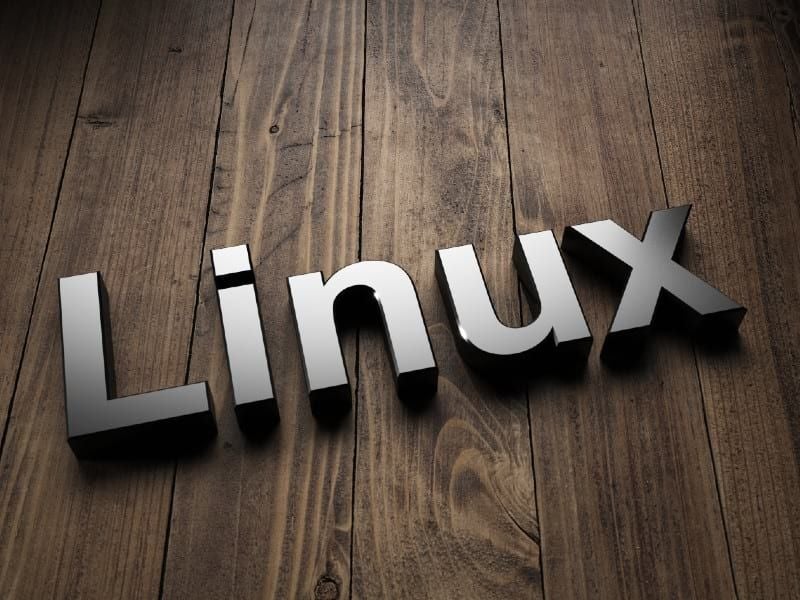Until this year, I thought Linux was only for hackers or IT pros. I had always used Windows—and the idea of typing commands into a black terminal screen intimidated me.
But after getting interested in servers and wanting to host my own projects, I realized Linux was a must-know. So I took the leap and installed my first Linux system. What happened next? A mix of confusion, discovery, and a whole lot of Googling.
If you're curious about Linux but not sure where to start, here’s my beginner-friendly story.
💻 Step 1: I Installed Linux (Without Breaking My PC)
I didn’t want to erase Windows, so I used dual-boot with Ubuntu 22.04—a user-friendly Linux distro.
How I did it:
-
Downloaded the Ubuntu ISO file
-
Created a bootable USB using Rufus
-
Shrunk my Windows drive and installed Ubuntu alongside
When I rebooted, I had a menu that let me choose between Windows or Linux. No data loss!
🧠 Step 2: I Learned the Basics (With Zero Experience)
Instead of jumping into complex tasks, I started simple:
-
pwd→ shows current folder -
ls→ lists files -
cd→ change directory -
sudo→ run something with admin rights
I followed a YouTube playlist called “Linux for Absolute Beginners” and practiced daily. Terminal commands started to feel like second nature.
🔧 Step 3: I Installed Software via Terminal (Feels So Cool)
Linux has no "EXE files" like Windows. Instead, I installed apps like this:
That’s it. No bloatware. Just fast, clean installs. I added:
-
GIMP for editing images
-
VS Code for coding
-
Chromium for browsing
And guess what? The OS ran faster than Windows on my old laptop.
🌐 Step 4: I Set Up a Local Web Server (LAMP Stack)
To learn about servers, I installed:
-
Apache (web server)
-
MySQL (database)
-
PHP (scripting)
One command:
In 15 minutes, I had a working local website running at http://localhost.
🔐 Step 5: I Learned to Troubleshoot Like a Developer
Linux doesn’t hide errors behind pop-ups. It tells you what went wrong—clearly. This forced me to learn how things work instead of just clicking "OK."
I learned to:
-
Restart services (
sudo systemctl restart apache2) -
Give permissions (
chmodandchown) -
Use logs (
journalctl,tail /var/log/…)
It was frustrating at first—but also incredibly empowering.
🚀 Final Thoughts: Linux Opened a New World
One week after installing Linux, I wasn’t a pro—but I was no longer afraid of it. I had:
-
A fast, bloat-free OS
-
A local development server
-
New technical confidence I never had on Windows
If you're curious, just install it on a spare machine or dual-boot like I did. You’ll learn more about computers in a week of using Linux than in years of using Windows.

